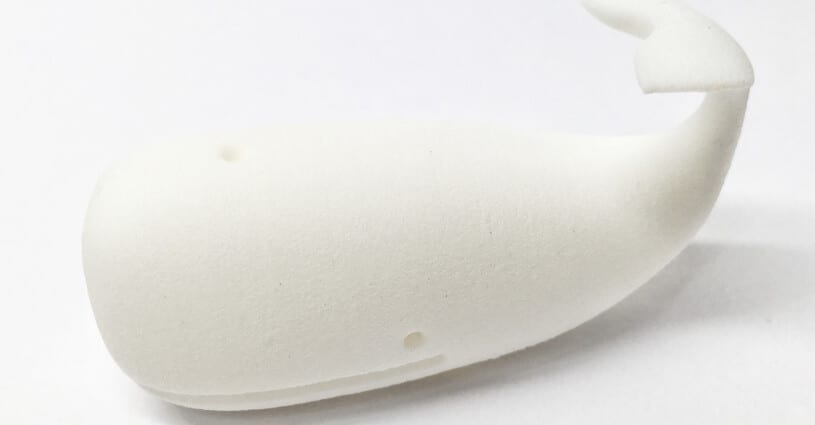The mechanical load capacity is an important criterion in the design and choice of material of a 3D printed model. For example, the force exerted on a prosthesis is very different from that on a machine part. Making the right choices is therefore a combination of design and material.
Important questions to be addressed during the design process:
- Is the model subject to tensile or compressive forces?
- Is the model bent or twisted?
- Will there be other forces on your model?
Questions about the right design and/or materials?
3D printing with Oceanz PA11
Oceanz PA11 is a material that is, for example, very suitable for a high mechanical load capacity. The material is ‘tough’ and can therefore be used as a prosthesis or in a machine. It has high elasticity.
Mechanical properties of plastics
The mechanical properties of a plastics can be characterized by different material values. The most important values are tensile stress, tensile strength, elongation at break, tensile E-modulus, tensile creep modulus, bending strength, ball compression hardness, Rockwell and Shore hardness, impact resistance, sliding coefficient, sliding wear. The Shore hardness is measured with a measuring needle. The measure of hardness is the penetration depth, at which the force is exerted by a calibrated spring.
There are two hardness scales:
- The A scale has been established for soft (rubbery) materials and it is measured with a truncated cone.
- The D scale is established for harder materials and it is measured with a cone (round-tipped needle, R = 0.1 mm).








